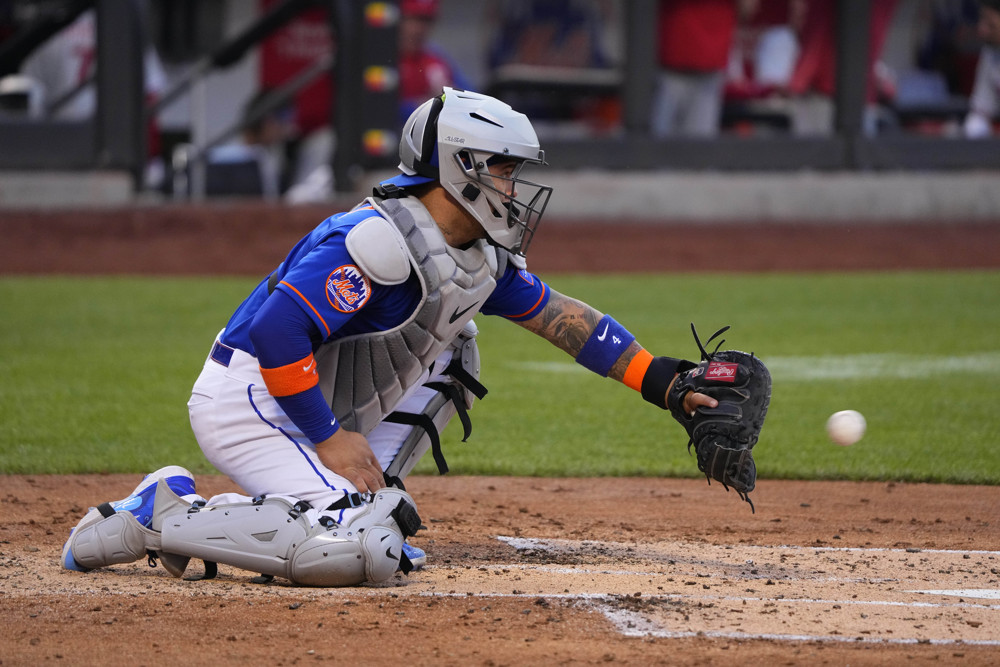It would have been reasonable to expect that with the departure of 2021 Fielding Bible Award-winning Carlos Correa that the Astros’ defense would suffer a slight dip in performance. Houston finished third last season in Defensive Runs Saved, with Correa leading all shortstops.
But at least through the first 31 games, the Astros haven’t missed a beat. They entered Thursday as the 2022 MLB leaders in Defensive Runs Saved.
The Astros have the second-highest rate of converting balls hit in the air into outs at 71%, trailing only the Dodgers (72%).
A couple of players in their outfield have track records of success. Right fielder Kyle Tucker leads all players at the position in Defensive Runs Saved since the start of last season (he tied for third among right fielders in Runs Saved in 2021).
Left fielder Michael Brantley has been a contender for a Fielding Bible Award multiple times. He’s played at least 81 games in left field in seven different seasons and finished with positive Runs Saved six times.
Tucker and Brantley have thus far combined for 9 of the Astros’ 26 Runs Saved. Rookie center fielder Jose Siri has started half of the Astros’ first 30 games and has 4 Runs Saved, thanks to a series of sprinting catches in shallow center field like this one.
The Astros also have the seventh-highest rate of turning groundballs and bunts into outs, 77%. They’ve been particularly good when using what SIS calls a partial shift.
A partial shift is a defensive alignment in which two players play on each side of second base, but at least two are aligned radically different from what would be considered “normal” positioning.
Houston’s defense has recorded at least one out on 73 of 85 groundballs hit against partial shifts. That’s an 86% out rate, highest in MLB.
Rookie shortstop Jeremy Peña is off to a strong start in trying to replace Correa (Thursday’s error notwithstanding). In particular, he’s made a few nice plays going to his left to take away potential hits.
By our measures, Peña has had 61 opportunities to make a play going to his left (an opportunity is defined as a ball on which he has a >0% chance of making the play). He’s converted 41 of them. The average shortstop would be expected to convert 36.
Combine that with some early stellar work in converting double plays and Peña has 7 Runs Saved. Early-season performance does not guarantee the same success midseason and late-season but within this initial set of games, Peña and his teammates have done the job and then some.
A reminder that you can find the full team leaderboard for Defensive Runs Saved at FieldingBible.com.

